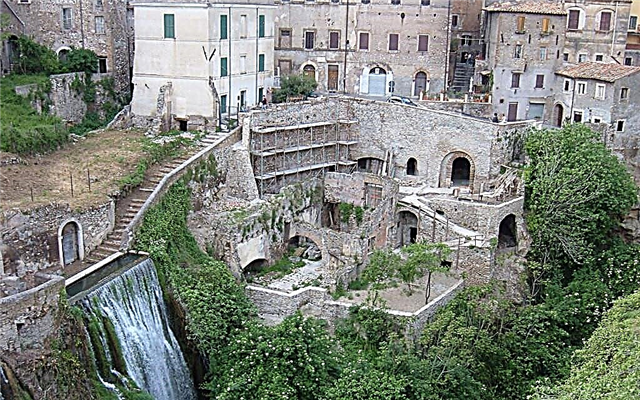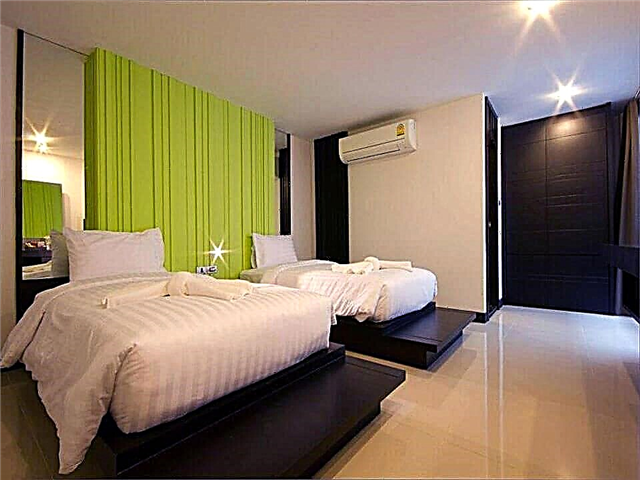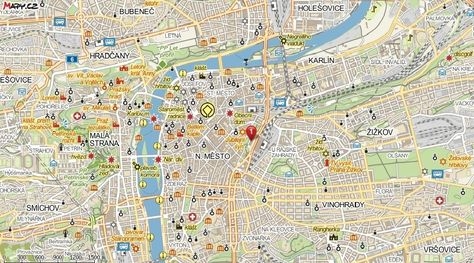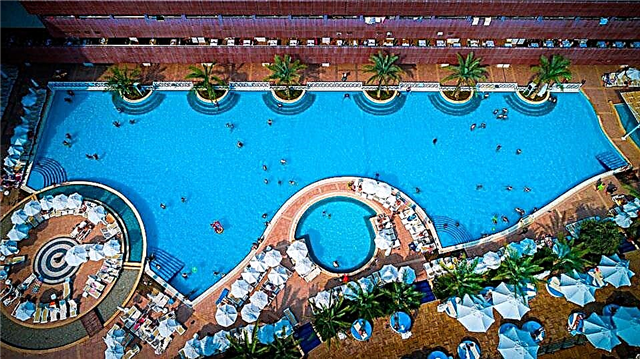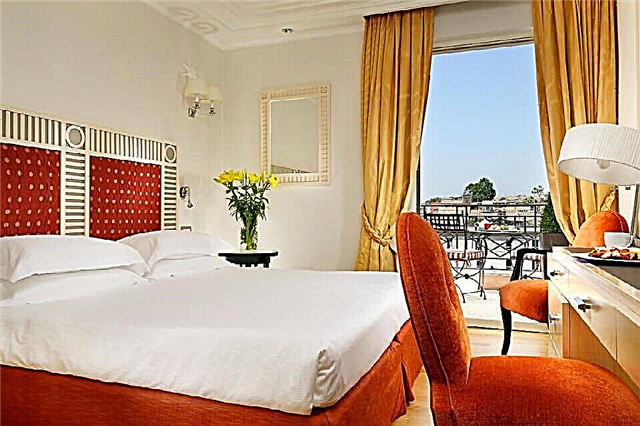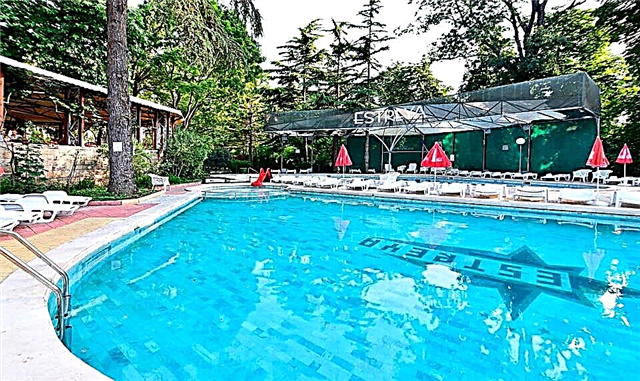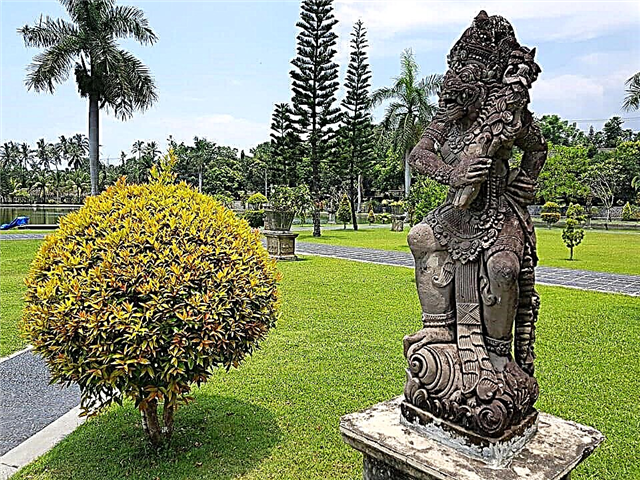The Taman Ujung Water Palace in Bali is an unusual place. It is both a park where you can enjoy your time, a young monument, and a center for meditation and philosophical reflection. People come here to enjoy an unusual combination of architectural concepts, plunge into the reign of the last rajah and just relax. The complex is located far from the beaches: the nearest village is a poor, poorly equipped settlement, so tourists go to see the palace ensemble purposefully. Some visitors find a lot in common with Peterhof. The park has ample picnic areas: tired visitors are allowed to sit right on the grass. The territory occupied by the complex is small: about 10 hectares. But you can endlessly enjoy the beauty.
Construction history

The last raja of Karangasem province became the customer, the head and at the same time one of the designers. True, it would be a stretch to call him an autocrat: his rule fell on the period of the colonial rule of Holland.
The Raja was a comprehensively educated person:
- had an architectural education from Holland
- wrote philosophical treatises
- published poetry and poems
The purpose of the construction is ambiguous: according to some sources, the Rajah urgently needed a summer residence, according to others, he decided to embody his philosophical concepts about the meaning of life and peace in the province. The last ruler of Karangasem was practically unlimited in funds, so he was able to attract a team of foreign architects to work. Anak Agung Anglurah Ketut himself provided general guidance, explaining his own ideas.

Lake Kolam Dirach became the central place for the location of the residence: earlier men and women who were seen in the warlock were thrown into it. But in 1901, the ominous reservoir began to be used for bathing subjects. Work began in 1909. Each pavilion of the complex was tied to a place in such a way that the view from the windows of the building opened up to something pleasant and significant. Basically, the park ensemble was formed in 1919. But the grand opening took place 2 years later.
However, the wonderful complex was unlucky three times:
- the eruption of the Agung volcano in 1963 damaged the territory of the park and partially the buildings of the complex
- the 1976 earthquake finally destroyed the pavilions
- the restoration work that began in 1979 was stopped due to lack of finance until the beginning of the 21st century
The restoration turned out to be an expensive undertaking: some of the pavilions could not be restored. Tourists can watch their ruins.
Architecture

Architects from Holland, China worked on the project, and the Balinese Raja supervised them. Therefore, tourists observe a bizarre combination of concepts:
- the dark color of the walls, the abundance of carved elements and statues made of stone dressed in sarongs - a tribute to Balinese traditions
- there is little gilding and pretentiousness, but the presence of white in the decoration of the walls is the work of the Dutch architect Van Den Henz
- pagoda roofs, interior decoration of buildings - a look at the project of the Chinese architect Lotto Ang
The main concept embodied by the designers is that water is the meaning and source of life, everything came out of it, and will return to the same place. That is why the complex is located on the site of a former reservoir for the execution of sorcerers. The second thought, embodied during the construction, is that an ideal society (a complex of structures with inhabitants) is like a ship (the park is located on the water), which is sailing towards a better life under the guidance of a wise captain, that is, a raja. The third, in importance, idea is that only with the unity of nations is it possible to create an ideal model of social structure (architectural composition).
Description of the territory

The park is conventionally divided into several main levels:
- On the lowest are demons. This is reflected in the fountain, embodied in a lotus flower with twelve steps. On the same level, there are lakes with koe carps. The composition is complemented by sculptures dressed in sarongs.
- The middle level is the transition to the world of the living. Swimming is allowed in the pools here.
- The penultimate level is the Raja's palace and premises for his family members. This means power over the subjects and the unconditional submission of the latter.
- The highest level is the gazebo at the top of the hill. Only the gods are here, their power over the raja and his subjects is unlimited.

All pavilions are located on the water. In order to go from one to another, bridges were built. Boating is allowed on some ponds. There are many flowers and trees in the park, the grass is neatly trimmed. The paths are paved with tiles that are easy to walk on.
INAYA Putri Bali
Bali
Located along the beach in the tourist area of Nusa Dua

Hard Rock Hotel Bali
Bali
Rock 'n' roll styled next to Kuta Beach

Munduk Moding Plantation Nature Resort & Spa
Bali
Luxury suites and villas

Udara Bali Yoga Detox & Spa
Bali
It offers an outdoor pool and other amenities

Amnaya Resort Kuta
Bali
It offers an outdoor pool and other amenities

Travel tips before visiting

The ensemble works on the principle of European regular parks: there are no special restrictions for tourists from other countries.
- But before visiting, it is recommended to stock up on a sarong and a headdress: there is a lot of bright sunlight on the territory. For the same reason, you should choose the morning hours for your visit.
- The complex has a restaurant, but you can bring food and water with you and have a picnic in your favorite corner of the park.
- Tourists arriving in a rented car must leave their vehicles in a paid parking lot.
Despite the heat, it is worth climbing to the top of the hill (level of the gods). A wonderful panorama opens from there.
Opening hours and ticket prices
The complex can be visited daily from 6 am to 7 pm. To enter the territory, you will need to purchase a ticket for $ 3.75.
Where is it located and how to get there

The palace complex is far from the beaches, so it is difficult to get here by public transport. But you can rent a car. From the capital city of Denpasar to the village of Seraya, you will have to drive 70 km. Some tourists prefer to visit the ensemble with excursions.

